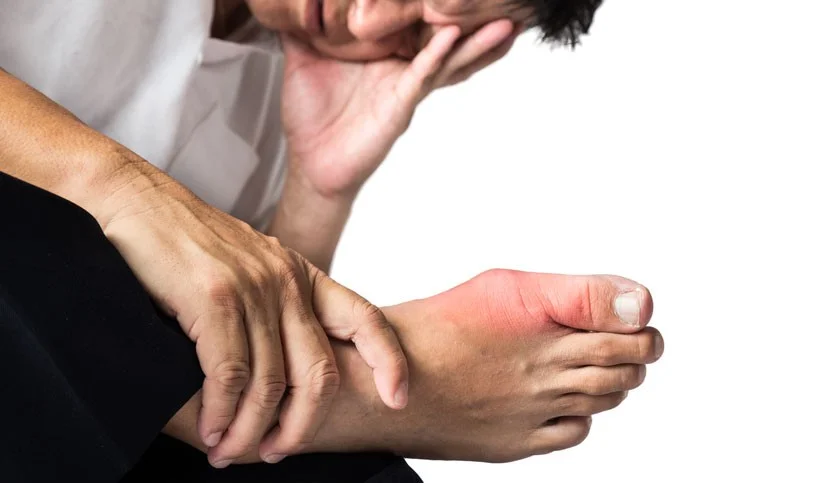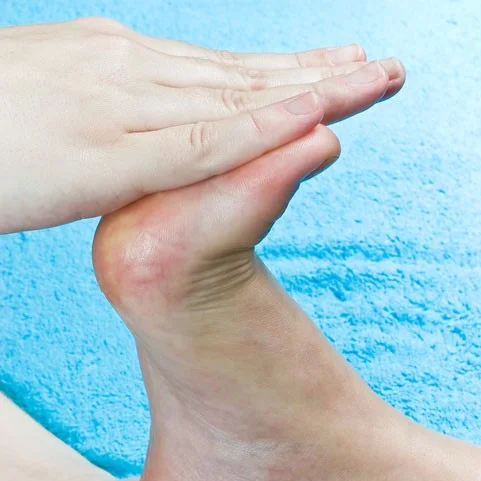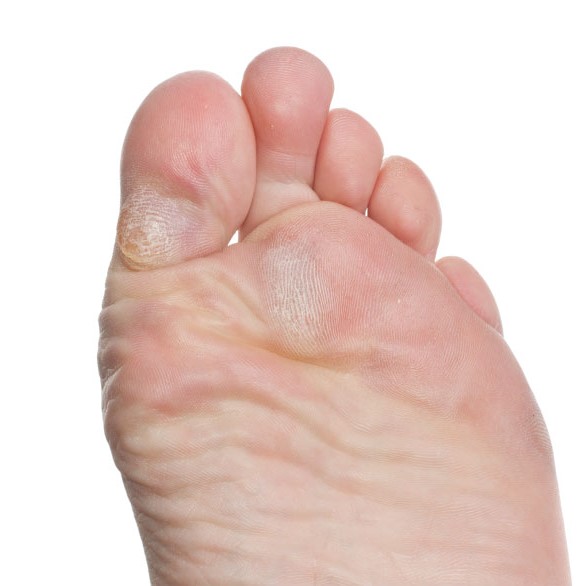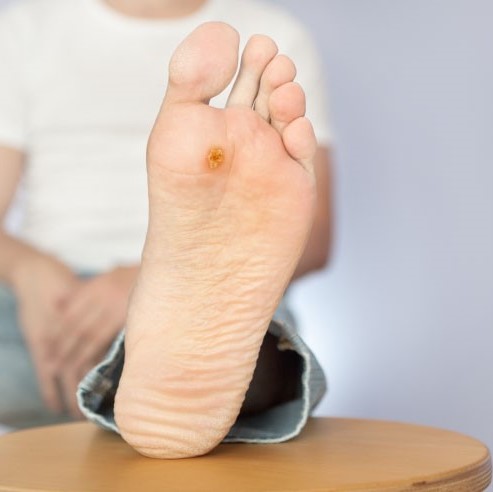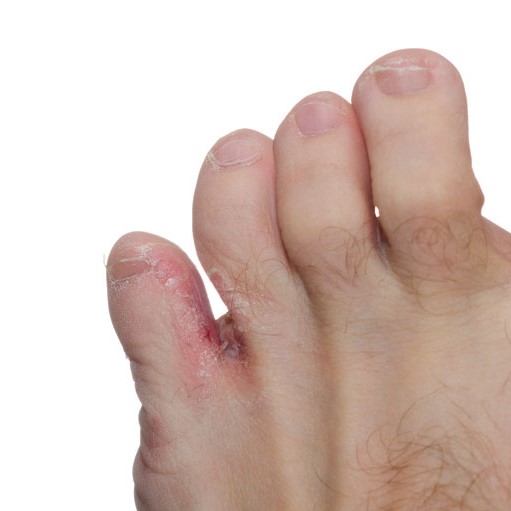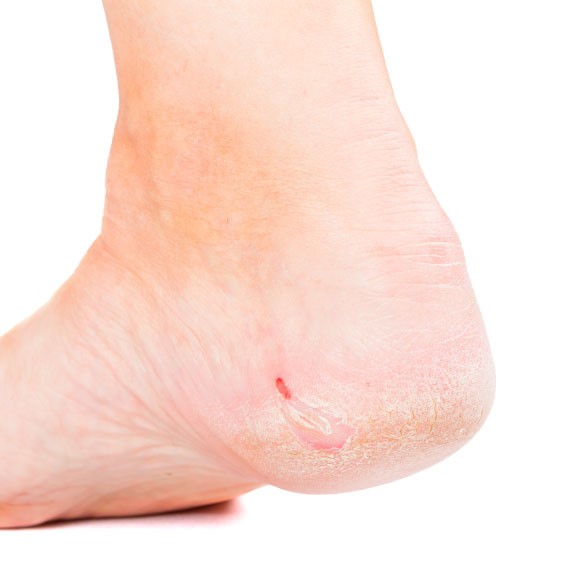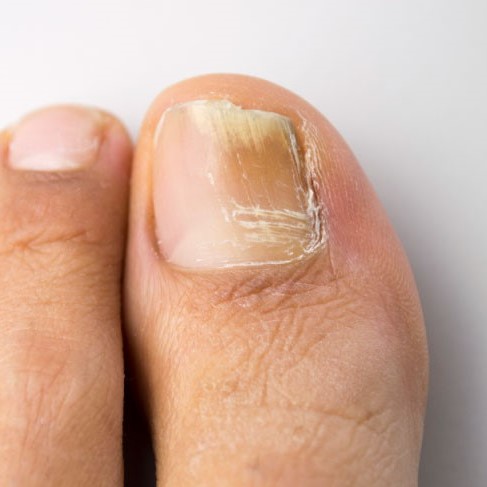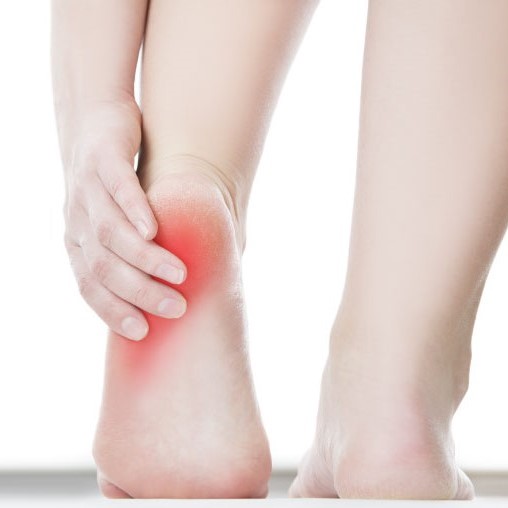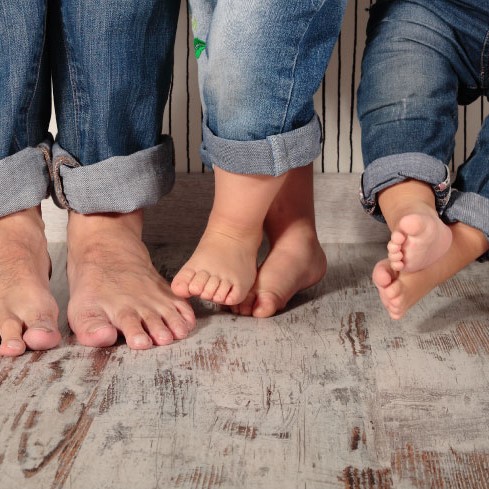Big Toe Joint Pain
Your foot bones make up a quarter of all the bones in your body!
Big Toe Joint Pain
What is big toe joint pain?
Big toe joint pain is pretty much as it sounds. Given that we’re always on our feet, big toe joint pain is fairly common and can be caused by a whole range of factors. It can make walking and running incredibly difficult!
What causes big toe joint pain?
Big toe joint pain can develop due to trauma (e.g. stubbing your toe or landing awkwardly) or too much stress being applied over a long time (e.g. due to foot structure/function or inappropriate footwear). A lady’s stilettos may well be the guilty party.
Big toe joint pain can sometimes come on gradually through wear and tear. In most cases, the pain initially develops after the joint capsule becomes inflamed. Ongoing and worsening pain may indicate degenerative joint disease, known as osteoarthritis (OA). Trauma to a joint may also lead to the development of post-traumatic OA. Most people report that the pain is most severe when the big toe joint is bending. This occurs during normal day-to-day activities (e.g. walking and stair climbing) and high-impact activities (e.g. running, lunging, jumping and ladder climbing). The structure of your feet and how they function may overload your big toe joints during the propulsive phase of the gait cycle (e.g. feet that roll in a lot and rapidly).
Treatment for big toe joint pain
The initial treatment focus for big toe joint pain is on reducing pain. This means RICE (rest, ice, compression and elevation) and may involve taking medication in the short- or long-term. Your podiatrist will make sure you’re comfortable with this and involve your doctor in the decision-making process when necessary. We will then implement a plan of attack that aims to facilitate pain-free joint range of motion. This plan will depend on whether the pain is caused by trauma or by wear and tear.
Traumatic big toe joint injuries usually result in soft tissue damage. In more severe cases, there may also be bone and cartilage damage. The pain is usually quite severe and often accompanied by bruising and swelling. Medical imaging (e.g. x-ray, ultrasound and/or MRI) may be required to determine the structures involved and severity of the damage. This information will help your podiatrist to select the most appropriate treatment options and give you an approximate recovery time. We will advise you if this is needed and give you a referral. Once the pain and swelling has reduced, the focus switches to gradually increasing joint range of motion so that you can walk and run normally again. Our podiatrists smile a lot when we get to this stage!
For big toe joint pain due to wear and tear, the treatment options are usually:
Carbon fiber insoles
Rocker bottom shoes
Occasionally, big toe joint pain doesn’t respond to conservative treatment and surgery is needed. If this is the case, your podiatrist will refer you to a foot and ankle surgeon that specialises in this type of surgery.


